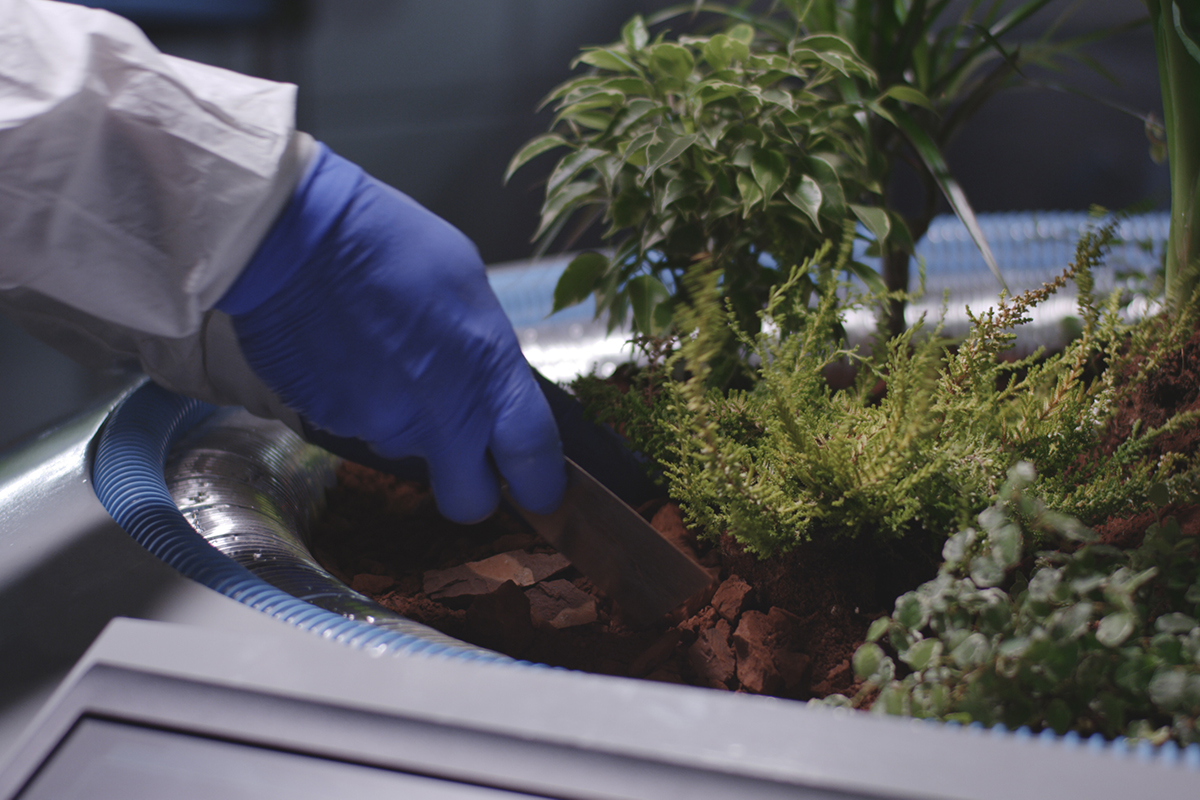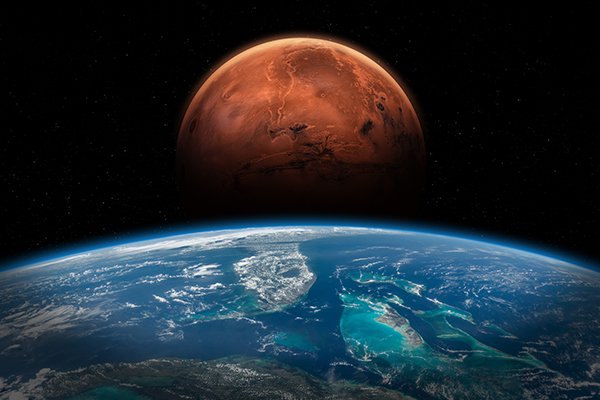Did you ever imagine that a tiny desert moss could be the key to making the red planet habitable? In the ongoing quest to overcome the extreme challenges of Mars, scientists have found an unexpected ally in Syntrichia caninervis, a desert plant with amazing abilities. This tiny organism not only stands out for its incredible adaptability, but could play a crucial role in the colonization of Mars. Wondering how this is possible? Below, we’ll explore why this desert moss is generating so much excitement and how it could revolutionize our view of life outside Earth.
Outstanding features of Syntrichia caninervis
Syntrichia caninervis is a type of moss that has evolved exceptional adaptations to survive in the most arid and extreme environments on Earth. Native to the Mojave Desert and mountainous regions of China, this moss withstands severe drought, extreme temperatures and high levels of radiation. Researchers in China have subjected this plant to rigorous tests to assess its viability on Mars. The results, published in the journal The Innovation, show that Syntrichia caninervis can withstand desiccation of up to 98%, withstand temperatures from -196 °C to -80 °C, and adapt to environments with high carbon dioxide concentration. In addition, its resistance to high levels of gamma radiation makes it an ideal candidate to face the harsh conditions of the red planet.
The extreme challenge of the planet Mars
To understand the potential of this moss, it is essential to know the Martian environment. Mars, despite being our neighbor in the solar system, presents conditions radically different from those on Earth. With average temperatures ranging from -55 to -143 °C and an atmosphere almost devoid of liquid water, Mars is an icy, dry desert. Dust storms, lack of protection from solar radiation and the absence of liquid water are just some of the challenges facing colonization attempts. On Earth, extreme deserts, such as the Atacama Desert in Chile, often serve as analogs for Martian conditions. In these unforgiving environments, Syntrichia caninervis has evolved advanced strategies for survival, which could be crucial for life on Mars.

Plant resilience
Recent studies reveal that Syntrichia caninervis not only survives, but also recovers from harsh conditions. The plant has been shown to regenerate after being frozen for five years at -80 °C and has “revived” after being frozen at -196 °C in liquid nitrogen. As for radiation, it has withstood an impact of 500 gray (Gy), a lethal dose for humans, who require only 5 Gy to cause acute irradiation syndrome. The ability of the moss to withstand and recover from these extreme conditions suggests that its resilience exceeds even that of some tardigrade microorganisms, known for their resistance. This has led scientists to consider Syntrichia caninervis not only for further testing on Mars, but also as a possible pioneer species in the creation of biologically sustainable habitats outside of Earth.
The Role of Syntrichia caninervis in Agriculture
Although Syntrichia caninervis shows impressive potential, its role in Mars colonization will not be the only one. It is anticipated that other plants and vegetables will also be instrumental in creating habitable environments on the red planet. In laboratories and controlled habitats, various species will be cultivated to produce vital resources such as water, oxygen and electricity, essential to sustain future human colonies. However, Syntrichia caninervis could play a prominent role in this space revolution. Thanks to its ability to thrive in adverse conditions, it could be one of the first species to be seeded directly into Martian soil, helping to establish the conditions necessary for life on a large scale. Its ability to extract water resources from minimal sources could be crucial in an environment where water is extremely scarce.
The path to sustainable habitats on Mars
The study of Syntrichia caninervis and its potential to colonize Mars highlights the importance of seeking innovative biological solutions to meet the challenges of outer space. This desert moss not only offers us fascinating insights into the resilience of life in extreme conditions, but also opens up new possibilities for the creation of sustainable habitats beyond our planet. As we move forward with space exploration and colonization of Mars, analysis of organisms with exceptional capabilities will be critical to ensuring a habitable future on the red planet and beyond.
Study with us
Just as Syntrichia caninervis shows incredible resilience in extreme environments, you too can acquire essential skills to meet global environmental challenges. Our Master in Environmental Management and Audits prepares you to lead with innovative and sustainable strategies, positively impacting the future of our planet. If you want to be part of the cutting edge in environmental management and create effective solutions to complex problems, explore how our program can boost your career. Find out more on our master’s page and take the next step toward a promising future.
Sources:

